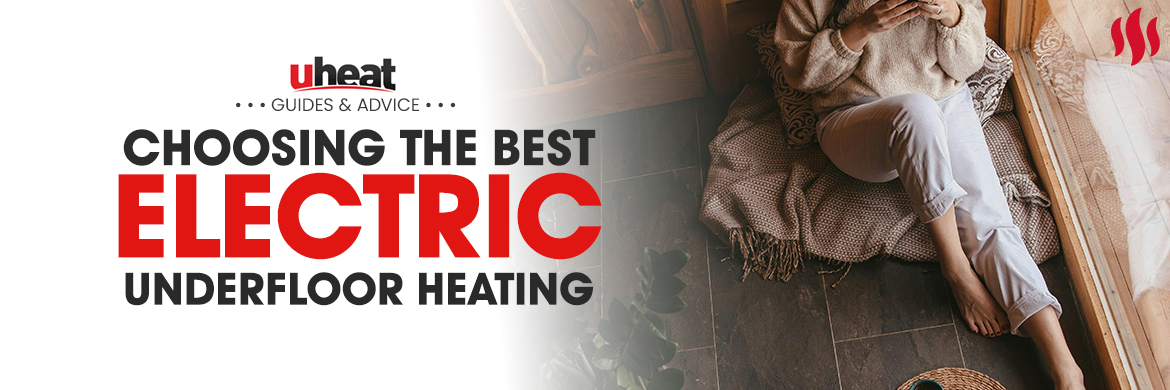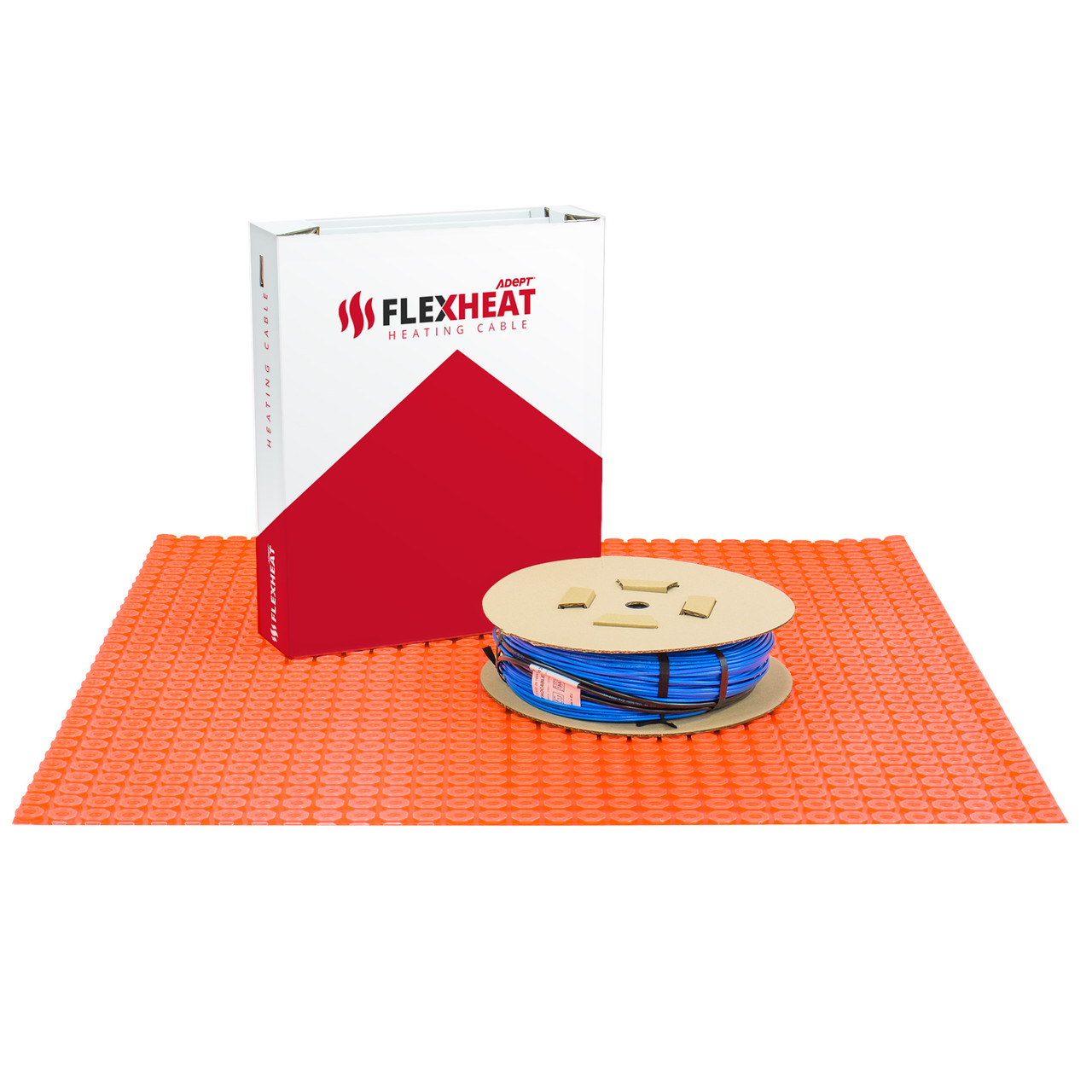
The Ultimate Guide to Electric Underfloor Heating Systems
Which One is Right for Your Home? Electric underfloor heating is a game-changer for comfort and efficiency in your home. Whether you're renovating a kitchen, upgrading a bathroom, or planning a new build, there’s an underfloor heating system designed for your needs. Let’s explore the five main types of electric underfloor heating systems, how they work, and which might suit your space best.
Underfloor Heating Mats: Simple and Versatile
Underfloor heating mats are the go-to choice for many homeowners due to their ease of installation and adaptability. These mats roll out and can be cut to fit your floor’s unique shape.
- Best for: Kitchens, living rooms, conservatories.
- Power Options: 100W, 160W, and 200W.
Installation Tips:
- Use insulation beneath the mats to reduce warmup time and save energy costs.
- For tiled floors, apply flexible tile adhesive or a self-leveling compound.
- For wood, vinyl, or carpet, ensure a leveling compound is applied over the mat first.

Heating Mats for Laminate, Carpet, and Vinyl Floors
Aluminium heating mats are designed for softer flooring types like laminate, carpet, and vinyl. These mats are compliant with all current electrical and building regulations, ensuring safety and efficiency.
- Best for: Engineered wood, laminate, carpet, and vinyl floors.
Installation Tips:
- Always use a 5mm XPS insulating underlay beneath the heating mats.
- Lay your flooring directly over the mats—no extra underlay needed.

Decoupling Membrane with Heating Cables: Dual Benefits
Combine a decoupling membrane with heating cables to tackle uneven surfaces or prevent tile cracking. This system simplifies installation, saving you time and money.
- Best for: Tiled floors needing extra stability.
Installation Tips:
- Secure the decoupling mat with flexible tile adhesive.
- Install tiles directly on the heating cables without additional decoupling membranes.

In-Screed Floor Heating: Ideal for New Builds
Perfect for new constructions or extensions, in-screed heating cables are embedded within a screed layer over rigid insulation. This provides long-lasting, efficient heating for larger spaces.
- Best for: New builds, conservatories, and large projects.
Installation Tips:
- Use rigid PIR insulation like Celotex or Kingspan.
- Apply a vapour barrier if required before laying the cables and screed.
- Follow building regulations for screed depth (50mm pumped screed or 65mm sand/cement screed).

Loose Wire Systems: Perfect for Small, Awkward Spaces
Loose wire systems offer ultimate flexibility for areas with unusual layouts or numerous obstacles. The cable is evenly spaced over the floor, making it ideal for compact spaces like bathrooms.
- Best for: Bathrooms and rooms with complex layouts.
Installation Tips:
- Insulation reduces warmup time and energy costs, so use it when possible.
- For tiles, use flexible tile adhesive or a self-levelling compound.
- For wood, vinyl, or carpet, apply a self-leveling compound before the final floor finish.

